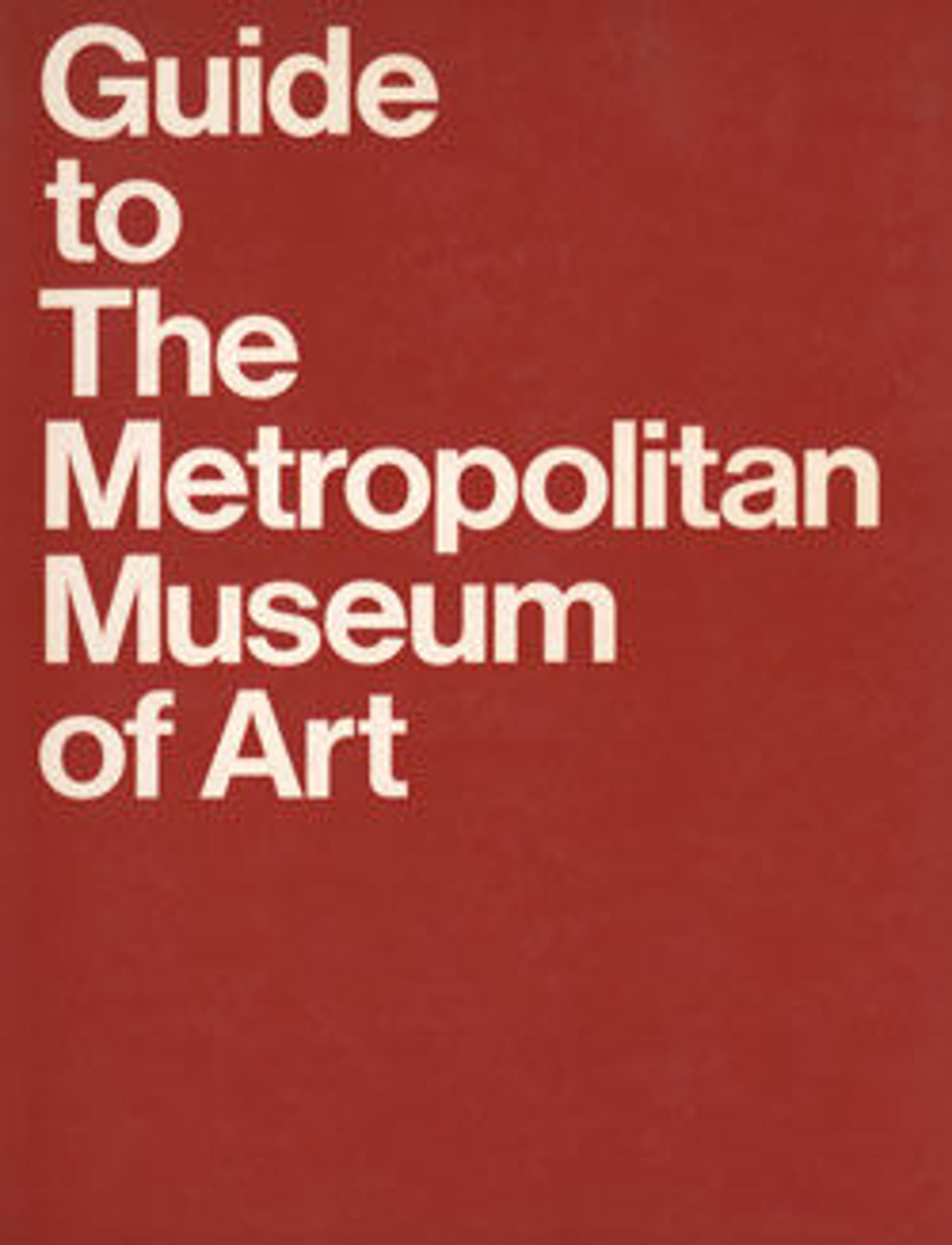Pillars
After studying painting at a traditional art school, Albers entered the Bauhaus in 1920 as an older student, and the school's progressive educational ideas served as a catalyst for his creative development. After his first six-month term, Albers disregarded the required class for wall painting, preferring to work in the glass workshop. While there he created colorful, nonobjective glass assemblages that he called "wall glass paintings" because they were "made of opaque glass which is neither transparent nor translucent." These early experiments in glass preface his modernist paintings based on color studies that preoccupied him for much of his later career.
Artwork Details
- Title:Pillars
- Artist:Josef Albers (American (born Germany), Bottrop 1888–1976 New Haven, Connecticut)
- Date:1928
- Medium:Sandblasted flashed glass, vitreous paint, metal and chipboard
- Dimensions:23 7/8 × 23 7/8 in. (60.6 × 60.6 cm)
- Classifications:Paintings, Sculpture
- Credit Line:George A. Hearn Fund, 1970
- Object Number:1970.139
- Rights and Reproduction:© 2025 Artists Rights Society (ARS), New York
- Curatorial Department: Modern and Contemporary Art
More Artwork
Research Resources
The Met provides unparalleled resources for research and welcomes an international community of students and scholars. The Met's Open Access API is where creators and researchers can connect to the The Met collection. Open Access data and public domain images are available for unrestricted commercial and noncommercial use without permission or fee.
To request images under copyright and other restrictions, please use this Image Request form.
Feedback
We continue to research and examine historical and cultural context for objects in The Met collection. If you have comments or questions about this object record, please contact us using the form below. The Museum looks forward to receiving your comments.
